Grama, BlueHachita
Drought resistant plant. Highly adaptable to dryer areas. Also tolerates soil conditions from fair salinity to moderate alkalinity. A highly palatable grass.
Drought resistant plant. Highly adaptable to dryer areas. Also tolerates soil conditions from fair salinity to moderate alkalinity. A highly palatable grass. Can withstand heavy grazing, but does not produce the tonnage that other natives do. Blue Grama, along with Buffalograss, makes an excellent short-growing, low maintenance, durable turf grass.
‘Hatchita’ blue grama is a good ground cover and provides valuable protection from soil erosion. Because ‘Hachita’ blue grama is more drought resistant than other varieties of blue grama, it is well-suited for rangeland improvement, mine-spoil reclamation, and roadside stabilization in the semiarid Southwest. It makes excellent pasture or lawngrass. It requires less water than traditional turf grasses.
Uses
Livestock: In southern states, blue grama grows as a bunchgrass; in northern states or areas of heavy grazing pressure, it is a sod former.
Erosion control: Blue grama is suitable for mixtures of grasses used in erosion control, low maintenance turf plantings, and surface mine revegetation.
Management
Once the grass is established, it is very palatable to livestock all year long. Since growing points are at or near the ground surface, the grass withstands fairly close grazing. For best yields, defer grazing during the growing season every 2 to 3 years. Blue grama cures well on stem, making it a good grass for grazing during the dormant season. Renovation of sod bound stands is also recommended. Weeds can be controlled by use of herbicides, mowing, or controlled grazing.
| Grow Height |
Cold Tolerance |
Minimum |
Planting Rate |
|
1-2’ |
Good |
10” |
2-3 Pls. |
| Weight | 1 lbs |
|---|---|
| Dimensions | 10 × 8 × 6 in |
Be the first to review “Grama, BlueHachita” Cancel reply
You must be logged in to post a review.
Related products
An annual grass with each stem bearing an unbranched, erect, flattened, bristly spike of narrow, crowded, greenish-brown spikelet.
Native, cool season perennial that is short lived. Found on sandy shores and dunes; wooded areas, especially along trails, rivers and streams; and other disturbed sites throughout much of North America.
Warm-season, weak, perennial bunch grass with slender, erect stems. Found in most regions of North America often in sandy soils and is one of the most common roadside perennial grasses.
Cool-season (C3) native perennial bunchgrass. It grows to a height of 18 to 36 inches.
Lowland Native perennial bunch Best adapted to soils such as the following: moderately deep, deep, somewhat dry, poorly drained, sandy, or clay loam.
Typically occurs in upland sites on sandy soils in open pastures, borders of woods, and cut woodland pastures. Appearance is similar to Little Bluestem but with split seed head (inflorescence).
Tufted perennial with stems and without stolons or rhizomes. Native to North America. Grows mainly on loose, rocky, well-drained soils.
Generally described as a perennial graminoid. Is native to the Southwest with a long life span and moderate growth rate.

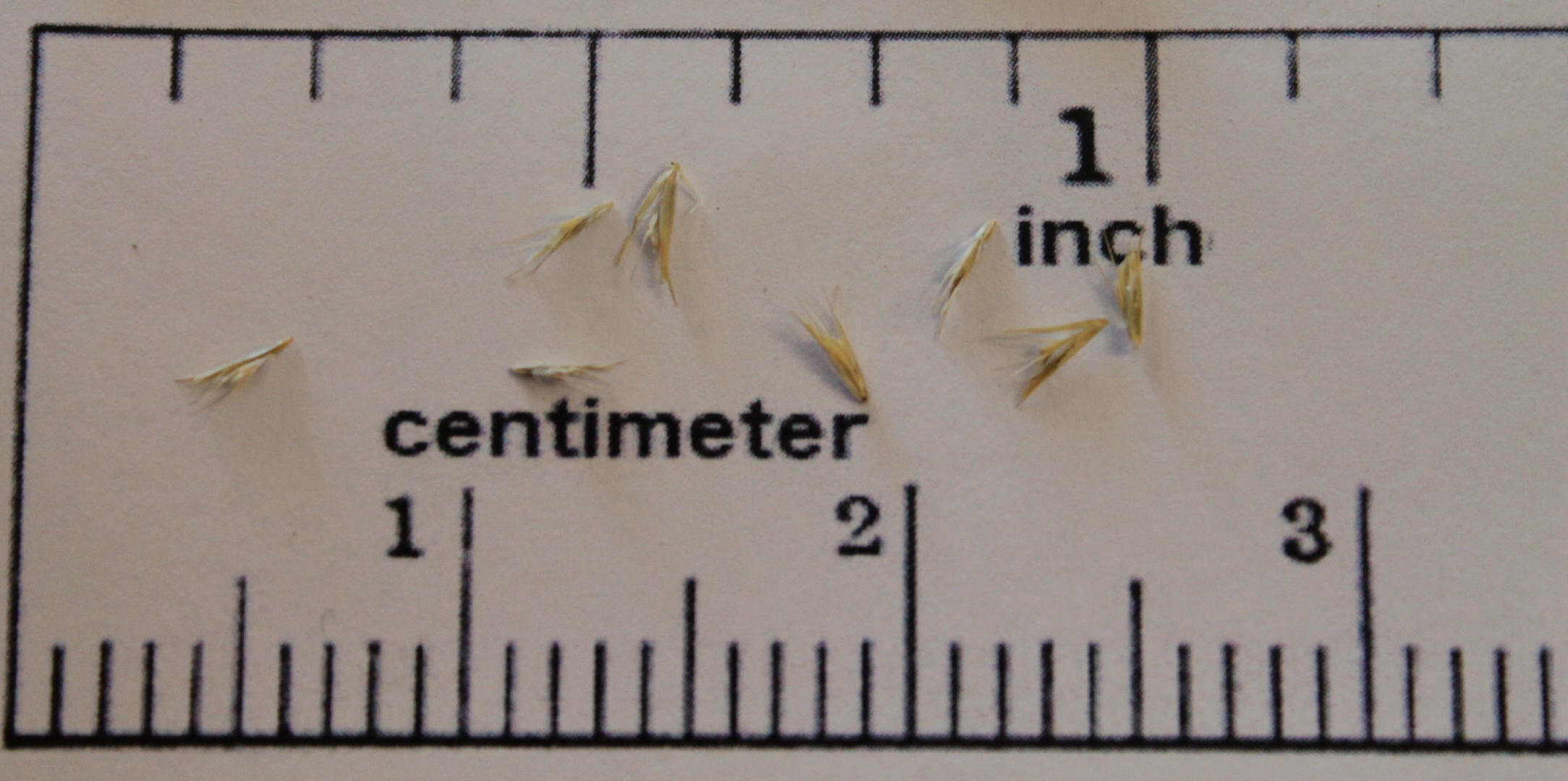
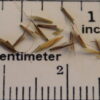
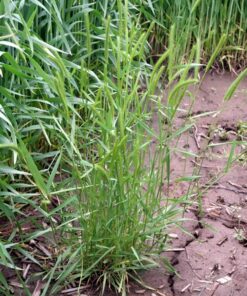
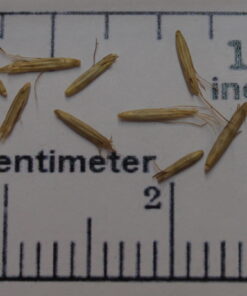
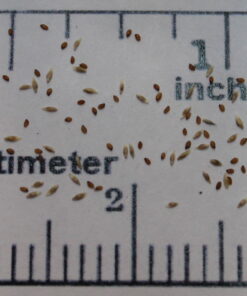

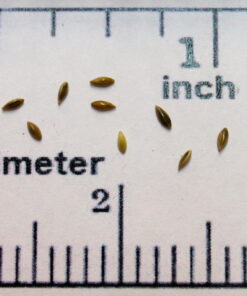
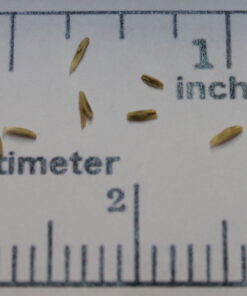
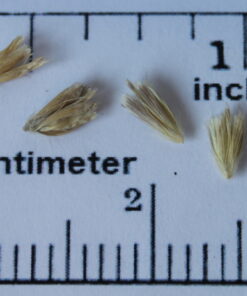
Reviews
There are no reviews yet.